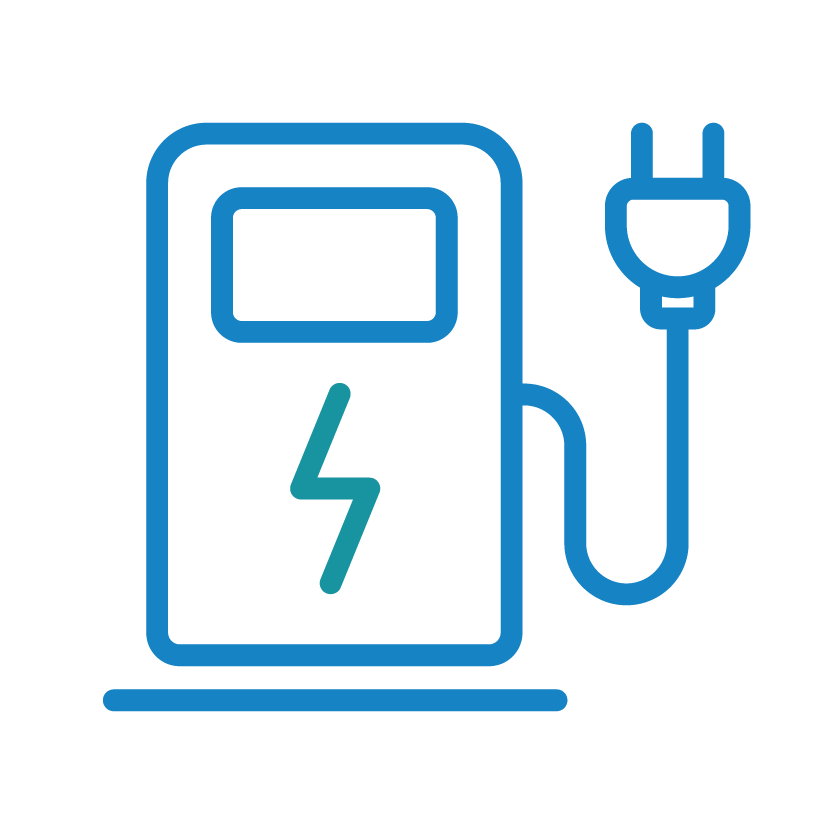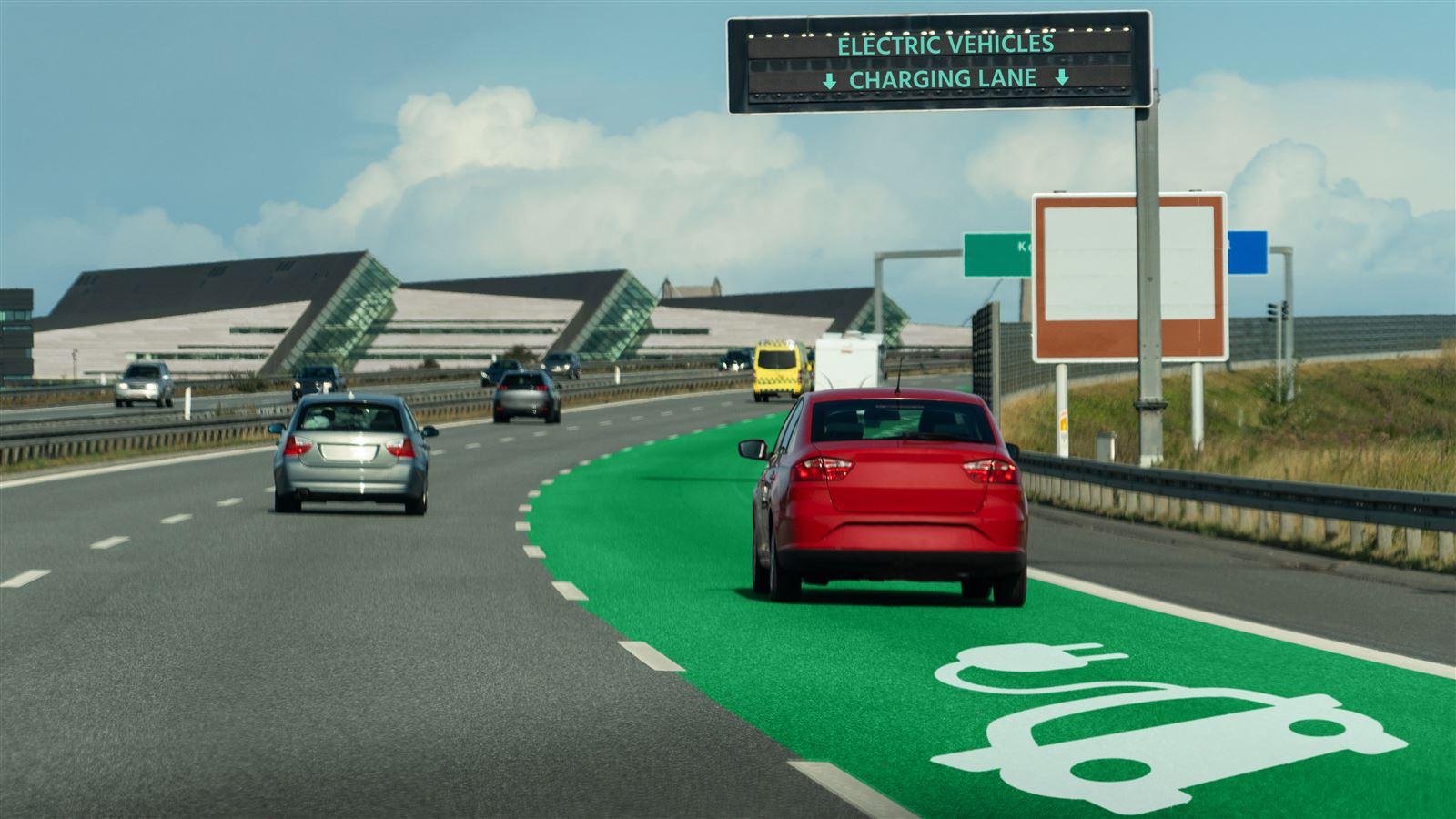You've obtained NEVI funding, now what?
The National Electric Vehicle Infrastructure (NEVI) funding program, created by the Infrastructure Investment and Jobs Act, will provide $5 billion over 5 years to assist state departments of transportation (DOTs) in deploying electric vehicle (EV) charging stations along highway corridors. As of August 1, 2022, DOTs in all 50 states, DC and Puerto Rico have submitted their high-level Electric Vehicle Infrastructure Deployment Plans to the Joint Office of Energy and Transportation to achieve Federal Highway Administration approval for NEVI funds.
Now, things get interesting as those plans move toward implementation. NEVI plan implementation goes beyond charging infrastructure considerations and into diverse and complex challenges like equity, public engagement, data analytics, and coordination with electric utilities. We’re breaking down some of those challenges with experts who know the details, but don’t hesitate to reach out to our team with any questions.
 Equity and Justice40
Equity and Justice40
 Public Engagement & Outreach
Public Engagement & Outreach
 Data Analytics
Data Analytics
This infrastructure will need to be accessible, reliable and resilient. Consideration should include flood zones, evacuation corridors, and other critical impacts.
 Coordinating with Electric Utilities
Coordinating with Electric Utilities
 Mapping Your Path Forward
Mapping Your Path Forward
These NEVI plans are a major step in the right direction, as the nation moves forward in implementing a national EV charging network. State DOTs have put in extensive work to their NEVI plans to date, and with the right guidance, they will be well-prepared to tackle the broad array of challenges related to implementation. To gain insights from a team that has wide-ranging experience in all of these realms, contact the CDM Smith transportation electrification team.

With the right guidance, DOTs will be well-prepared to tackle the challenges of implementation.







